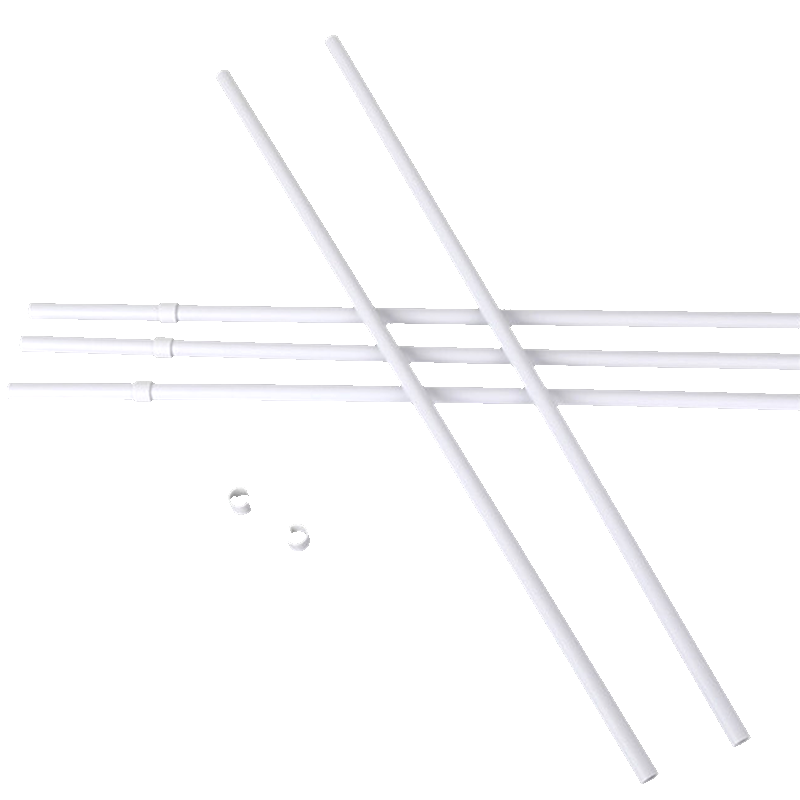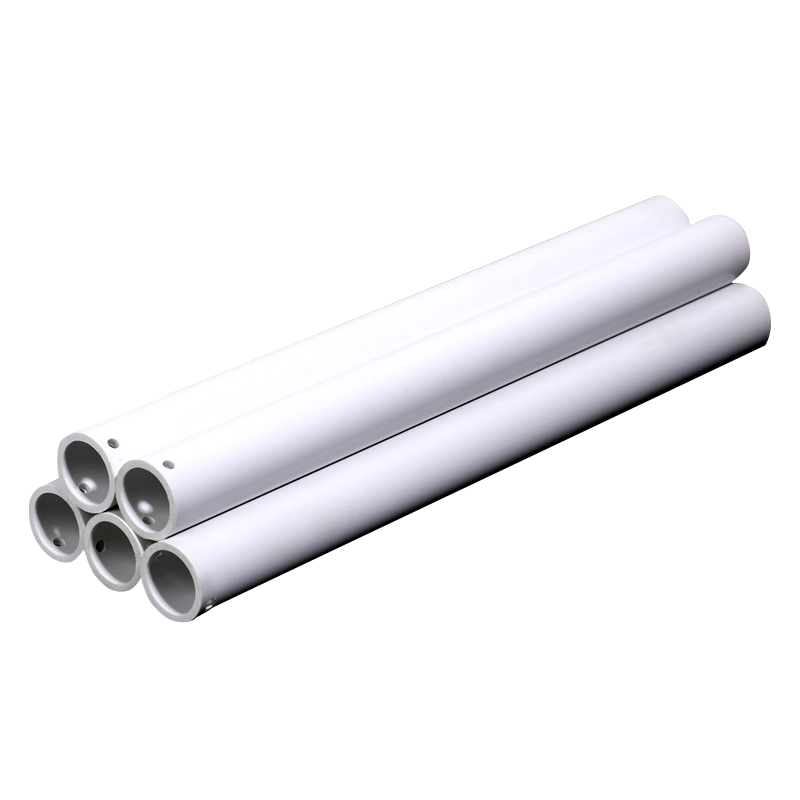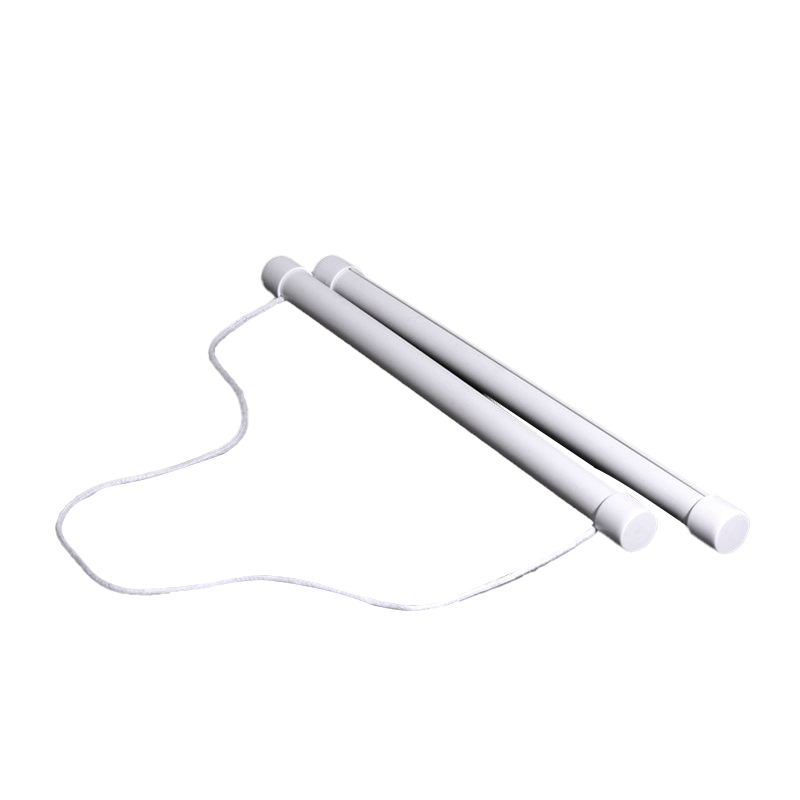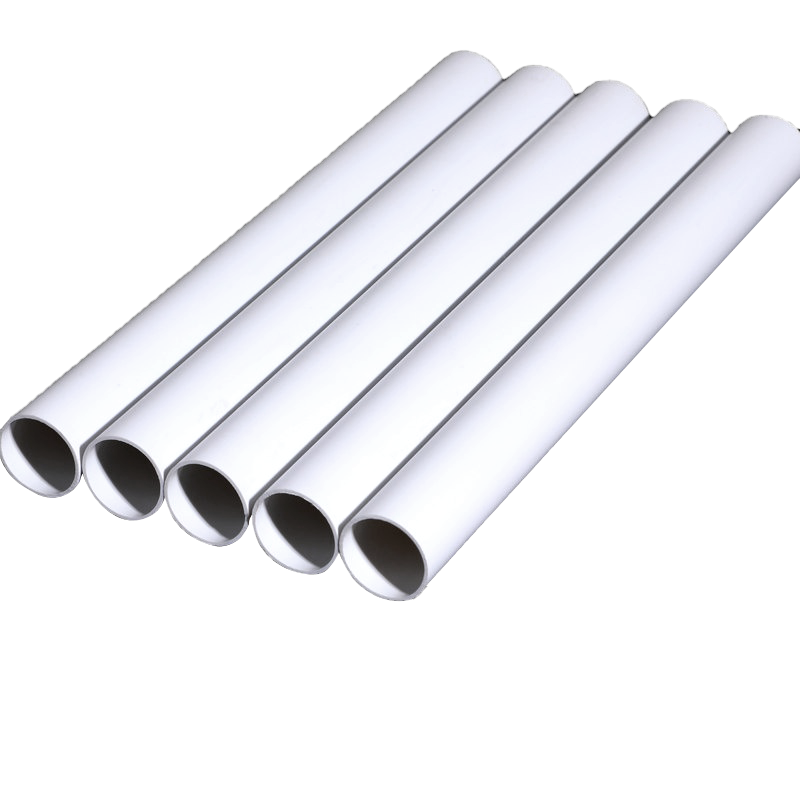Search by posts
Product category
Industry News
 By Admin
By Admin
How to choose more durable Festival Walking Mount Flagpoles?
Why Durability Matters for Festival Walking Mount Flagpoles
Festival walking mount flagpoles are subject to unique stresses: constant handling, repeated assembly and disassembly, crowd movement, and exposure to sun, rain, and wind. Durability reduces downtime, prevents safety incidents, and lowers long-term costs by avoiding frequent replacements. A durable pole stays straight, retains finishes, and secures flags reliably throughout long parades, repeated events, and transport between venues. Choosing for durability means considering materials, construction, connectors, and maintenance requirements rather than price alone.
Material Choices: Strength, Weight, and Weather Resistance
The base material is the most important factor influencing durability. Common materials include aluminum, fiberglass, carbon fiber, and stainless steel. Each has trade-offs in weight, toughness, flexibility, and corrosion resistance. For walking use you want a balance: light enough for long carries, stiff enough to avoid sagging, and resistant to cracking from repeated flexing or impact.
Aluminum
Aluminum is lightweight, affordable, and corrosion-resistant when anodized. Look for thicker wall sections (measured in mm or gauge) and higher-grade alloys (e.g., 6061) for improved strength. Thin, low-grade aluminum poles are prone to bending at stress points, especially at joints.
Fiberglass and Composite
Fiberglass offers high flexibility and excellent fatigue resistance — it bends under load instead of snapping. Composite or carbon-fiber poles are strongest for their weight but cost more and may be vulnerable to point-impact damage. For parades and frequent handling, fiberglass or reinforced composite cores are excellent for longevity.
Stainless Steel
Stainless steel is extremely durable and resists corrosion but is heavy. Stainless poles suit fixed mounts or short marching distances where robustness is prioritized over carry comfort. If choosing steel, ensure welded joints are smooth and corrosion-protected.
Construction Quality: Joints, Sections, and Locking Mechanisms
Durability depends heavily on how the pole is built: how sections join, how locks hold, and how fittings are attached. Poorly designed joints concentrate stress and fail quickly. Look for poles with precision-machined ferrules, reinforced internal sleeves, and tested locking collars. Avoid cheap friction-fit or thin-plastic connectors that wear out after a few uses.
Section Design
Poles with fewer, longer sections tend to be both quicker to assemble and more durable because there are fewer joints. When many sections are necessary for compact transport, ensure each joint has a metal insert or threaded coupling to distribute load and resist wear.
Locking Systems
Reliable locking mechanisms include metal twist-lock collars, spring pins with reinforced housings, or clamp-style locks. Test locks for play and repeated engagement: a good lock should have minimal wobble and withstand repeated open/close cycles without loosening.
Attachments and Flag Fixings: Practical Durability Considerations
How the flag attaches affects both the flag’s behavior in wind and the pole’s long-term integrity. Robust attachment points reduce stress on the pole tip and prevent tear-through at the flag’s grommets. Choose poles with reinforced eyelets, snap hooks, or low-friction stainless clips. Avoid cheap plastic clips that crack in cold or under repeated use.
Top Finials and Tips
The top of the pole often takes repeated impacts. Metal or reinforced finials are better than molded plastic. Interchangeable finials with secure fittings allow replacements without replacing the whole pole.
Environmental and Wind Considerations
Festival flagpoles must handle variable wind conditions. Wind exerts both static and dynamic loads; gusts cause fatigue that breaks inadequate poles. Check wind ratings if provided, and choose poles with flex that dissipates gust energy rather than transferring it all to joints. Consider pole diameter and taper—thicker but properly tapered sections resist bending while keeping weight manageable.
Weatherproof Finishes
Anodized aluminum, powder-coat, or marine-grade stainless finishes extend life in rain and salty air. UV-stable coatings prevent fading and material brittleness. For outdoor festivals near coastlines, prioritize corrosion-resistant finishes and stainless hardware.
Portability, Handling, and Ergonomics
Durability also ties to real-world use. A pole that is technically strong but too heavy will be mishandled and damaged. Look for ergonomic grips, balanced weight distribution, and quick-release transport clips. A padded carrying case protects sections during transport and reduces dings that can cause failure points later.
Maintenance, Inspection, and Lifespan Management
Routine maintenance extends pole life: clean salt and grime after events, lubricate metal joints with appropriate non-gumming lubricants, and inspect locking mechanisms and ferrules before each use. Replace worn clips and corroded screws immediately. Storing poles dry and in supportive cases prevents bending and surface damage.
Simple Pre-Use Checklist
- Check for dents, cracks, or corrosion along each section.
- Test each lock for solid engagement and minimal play.
- Verify attachment clips and top fittings are secure and undamaged.
- Clean and dry after exposure to moisture or salt air.
Quick Comparison Table: Common Pole Materials and Traits
| Material | Durability Traits | Best Use |
| Aluminum (anodized) | Lightweight, corrosion-resistant, moderate stiffness | Long marches, multi-day events |
| Fiberglass | Flexible, impact-resistant, fatigue-tolerant | Parades, windy conditions |
| Carbon/Composite | Very strong-to-weight, stiffer, costlier | Performance use, light carries |
| Stainless Steel | Exceptionally durable, heavy, corrosion-proof | Fixed mounts, short-distance carrying |
Buying Checklist: Choose for Long-Term Value
When selecting festival walking mount flagpoles, prioritize materials and construction over initial cost. Verify joint reinforcement, strong locking systems, corrosion-resistant finishes, and replaceable hardware. Ask suppliers about wind ratings, fatigue testing, and warranty coverage. Finally, consider spare parts availability—being able to replace a finial or locking collar cheaply extends the usable life dramatically.
Conclusion
A durable festival walking flagpole is a system — material, construction, attachments, and maintenance all matter. Choose a pole with the right material for your carrying distance and environment, confirm robust joints and locks, protect it with suitable finishes, and follow a simple inspection routine. Investing a bit more initially in quality components and care practices yields safer, more reliable performance across many events and seasons.
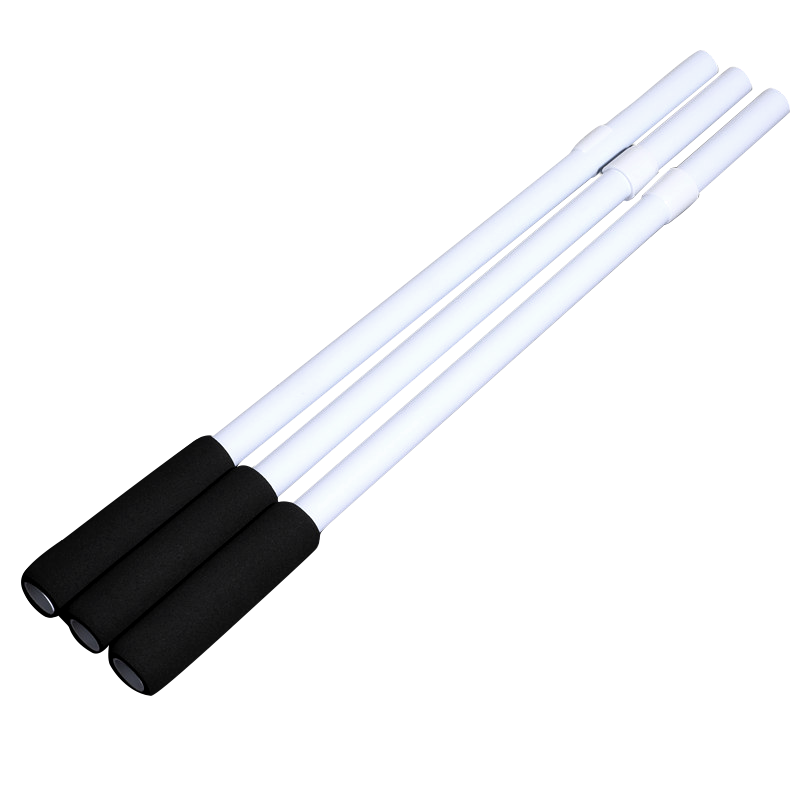
Recommended products
-
2023 New Cheap Plastic Pipe Multiple Colors And Sizes Custom Hand Waving Flagpole
-
Wholesale Custom Pvc Material Indoor Desktop Flagpole Hand Waving Flagpole
-
Customizable Size Custom Logo Plastics Hand Waving Flagpole Big Pvc Flagpole
-
Plastics Hand Waving Flagpole Factory Direct Custom Wholesale PVC Flagpole Parts Pipe
-
Custom Easy Install Safety Flagpole Pvc China Factory Hand Waving Flagpole
-
New Popular Product Transparent Pvc Flagpole Custom Size Hand Waving Flagpole
-
2023 High Quality Hand Waving Flagpole Big Or Small Flagpole Size Custom
-
Fast Delivery Promotion Factory Wholesale Flagpole Pvc Pipe Hand Waving Flagpole
-
2023 Personalized Custom Desk Hand Waving Flagpole Outdoor White Flagpole
-
Wholesale 2023 Hot Sale Used Flagpole Weight Custom Pvc Hand Waving Flagpole
-
Wholesale Products Cheap High Quality Hand Waving Flagpole Newest Sections Flagpole
-
Wholesale Cheap High-Quality Hot Sale Flagpole Cylindrical Hand Waving Flagpole

 +86-0573-88528475
+86-0573-88528475 English
English русский
русский






